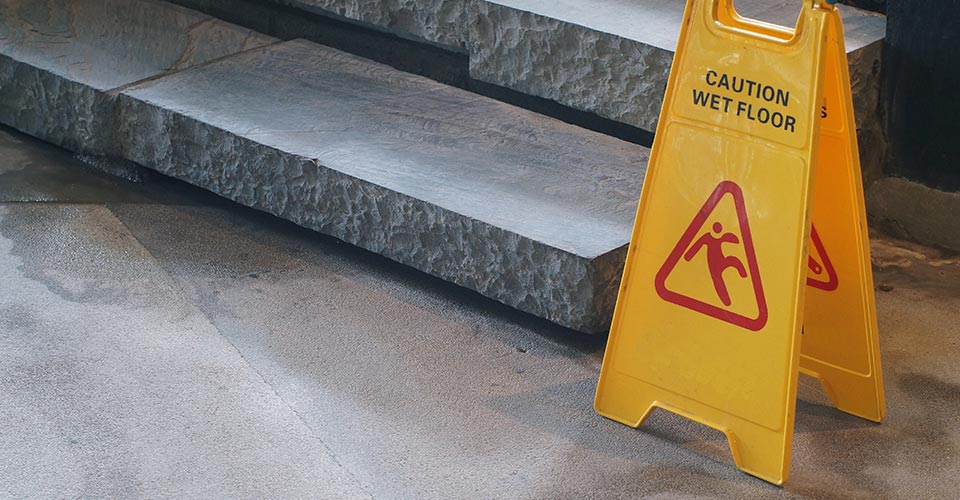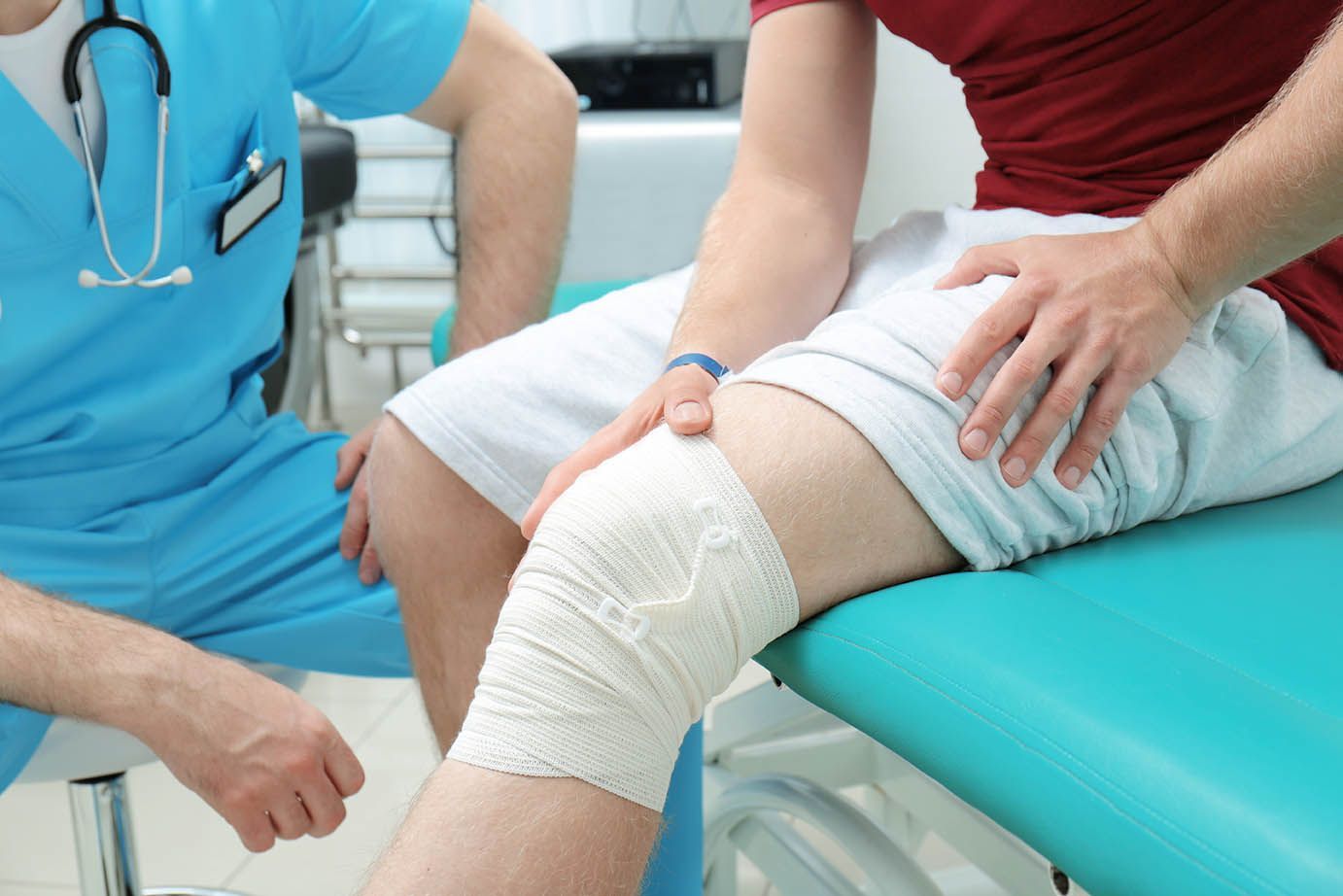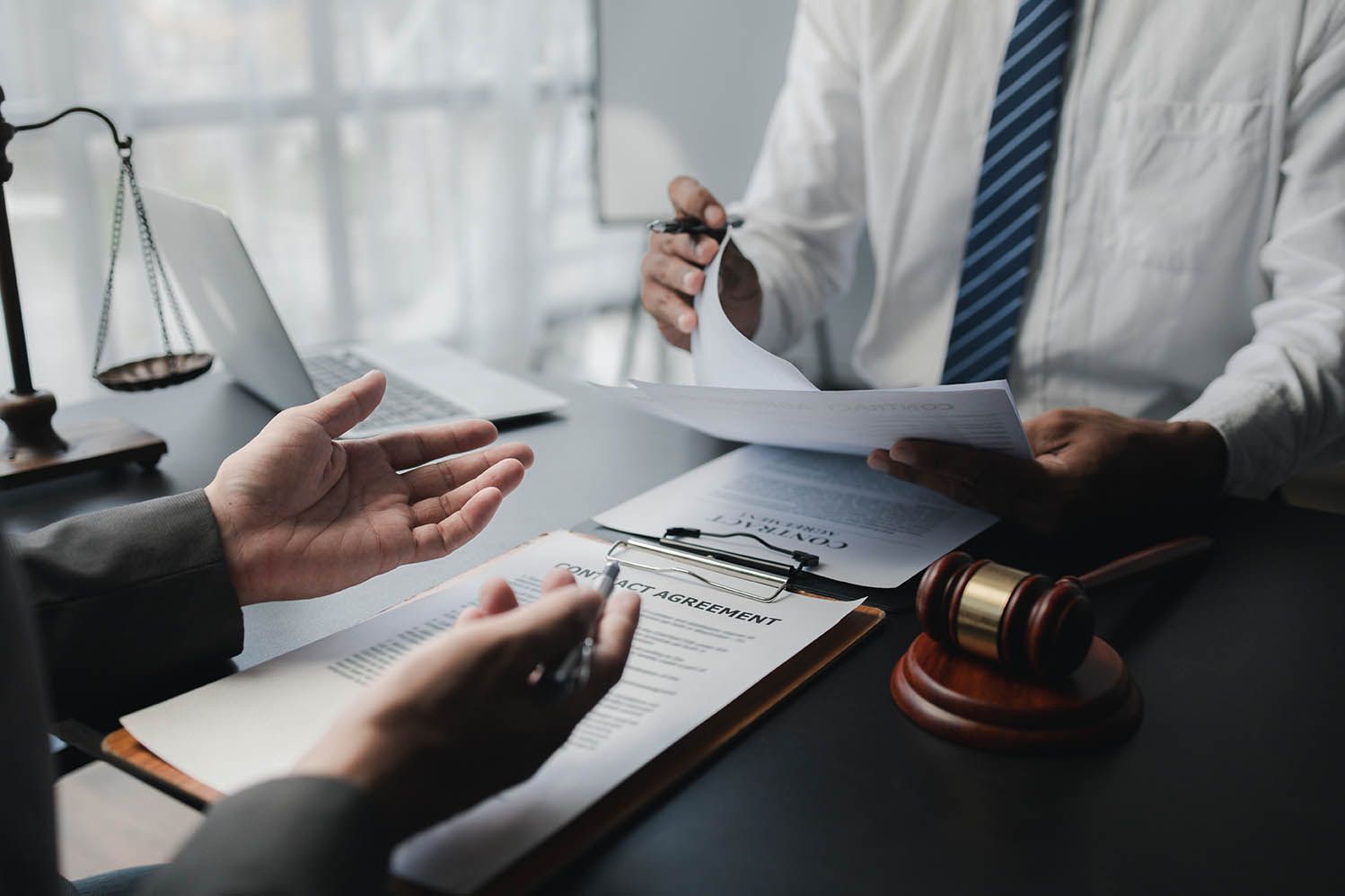BLOG
How to Prove Fault in a Slip and Fall Injury

When you’re on someone else’s property, regardless if it’s a business or personal residence, you’re acting under the expectation that the premises are safe, and your wellbeing is not compromised. Unfortunately, this isn’t always the case. Slip and fall accidents account for over 8 million emergencyroom visits per year and are one of the primary reasons for missed work.
If you’ve taken a fall on someone else’s property, the first response is often to point a finger in blaming the property owners, especially if the fall has devastated your life. The problem with this is that it isn’t always easy to prove fault in a slip and fall injury. Just because you’re on someone else’s property doesn’t mean that they’re automatically to blame.
Here’s a few things that we look for when determining fault in a slip and fall injury.
Determining Liability
There are specific criteria that must be proven for the legal responsibility, or liability, to be placed on the owners of the property where your accident occurred. One, or more, of the following must apply.
- The owner of the property, or an employee, must
have known about the dangerous conditions and did nothing to fix it, or prevent
anyone from entering the area.
- The owner of the property, or an employee, must
have been responsible for the unstable conditions that lead to your fall. For
example, neglecting to wipe up a spill or replace torn carpeting.
- The owner of the property, or an employee,
should have been aware of the situation because a reasonable person that was
responsible for maintaining the property would have discovered it and taken
measures to repair it.
When proving fault in a slip and fall injury, it’s often the third consideration that’s most often reviewed. It must be decided that the property owner showed common sense and was careful in maintaining safe premises before being relieved of an accusation of fault.
Reasonableness Vs Carelessness
Proving fault in a slip and fall claim is dependent upon whether the defendant acted reasonably in keeping the property safe and clean. The first step is asking some questions to determine if the property owner acted in a reasonable manner. Depending on your case, some questions might include:
- Did you slip and fall because of torn or bulging
carpet, broken flooring or a wet spot that had been there long enough for
someone to become aware and try to fix the situation?
- Was there, or could there have been, a barrier
put in place to prevent you from entering the area?
- Did poor or broken lighting contribute to the
accident?
- Does the property owner have a procedure to
examine and maintain the property on a regular basis?
- If you tripped over an object, was there a
reason for it being there? Or could the object have been put in a safer place?
It’s also important to acknowledge that your own carelessness will be examined. Was there something that you could have done to prevent this accident from happening. For example, did you have a legitimate reason for being there, and could you have reasonably avoided the spot? Were there warnings you ignored, or were you acting carelessly in any way?
If you have suffered a slip and fall injury, and want to know your rights, we’re the personal injury attorneys that can help. Contact Fitch & Stahle today for a free consultation.


